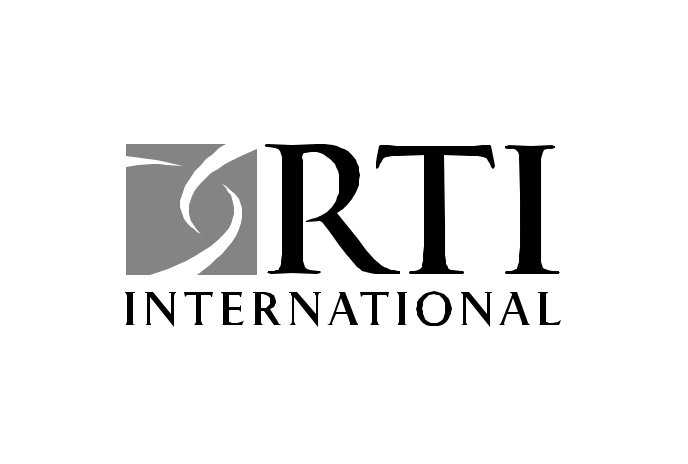CMS-10246 CMS-10246.interview_hha_mgmt
Cost and Resource Utilization (CRU) Data Collection for the Medicare Post Acute Care Payment Reform Demonstration
CMS-10246.interview_hha_mgmt_16nov2007
Cost and Resource Utilization (CRU) Data Collection for the Medicare Post Acute Care Payment Reform Demonstration (Interviews non-cru)
OMB: 0938-1038
Form HMGT-20071116
MEDICARE POST-ACUTE CARE PAYMENT REFORM DEMONSTRATION
Home Health Agency Nursing & Therapy Management Interview Protocol
[Provider
Name]
Medicare Provider ID Number: [XXXXXX]
Names
and Titles of Interviewee(s):
[Name 1 (Title 1)]; [Name 2 (Title
2)]; etc.
The focus of this study is to understand the variation in patient care resource use and costliness both within a particular setting as well as across settings. Ultimately, the purposes are to better understand the characteristics, care, expense and outcomes of different types of patients seen in different post acute settings; identify the variable cost for providing appropriate, high-quality care to each type of patient, regardless of setting; and identify fixed costs unique to each setting.
The goals of this interview are for us to: (1) understand the range of services provided on the study unit(s) as well as patient characteristics that influence the need for those services; (2) understand the number and range of staff on the participating unit(s); (3) determine whether nursing and therapy staff are generally “assigned” to units or rather routinely work across units (e.g., assigned to patients, and the patients are in many units); and (4) clarify language used in training sessions and on forms so that it is consistent with your agency’s practices.
Section A: Organization Overview
Please describe the participating office(s)/division(s) and their patient populations. For each, please provide:
The office’s/division’s name (e.g., [Name of City] Office, Home Care Aide Service, etc.).
The number of home health nurses, therapists, and aides. Please distinguish between regular/salaried staff, agency employees paid per visit (“per diem”), and contract staff.
The office’s/division’s average number of clients for the past 6 months.
The office’s/division’s average episode length.
The type of patients treated, such as the patient’s diagnoses or ADL limitations. What is the nature of the services provided to these patients?
Section B: Staffing
Please describe the staffing in each of the participating office(s)/division(s). In particular, for each office/division:
How frequently do nursing and therapy management and other administrative staff (staff whose primary duties are administrative, not direct patient care) provide direct patient care on home visits? How frequently, and for how long, do supervisory staff directly supervise (e.g., monitoring staff during a visit) direct patient care provided by other staff? How frequently do such supervisory staff meet one-on-one with their direct reports to discuss patient care?
For each participating office/division, how many of the following staff are assigned or typically work each day? How does this differ for weekends or holidays? Please indicate if there are significant differences between offices/divisions.
Staff Category |
Staff Type |
Number Working on Weekdays |
Number Working on Evenings/ Nights |
Number Working on Weekends |
Number Who Are Agency Employees (Not Contract Staff) |
Nursing Staff |
RNs |
|
|
|
|
LPNs/LVNs |
|
|
|
|
|
Nursing Assistants/Aides |
|
|
|
|
|
Advance Practice Nurses/NPs |
|
|
|
|
|
Therapy Staff |
Physical Therapists |
|
|
|
|
Occupational Therapists |
|
|
|
|
|
Respiratory Therapists |
|
|
|
|
|
Speech/Language Pathologists |
|
|
|
|
|
Therapy Assistants |
|
|
|
|
|
Therapy Aides |
|
|
|
|
|
Social Work/Case Management |
Social Worker |
|
|
|
|
Case Manager |
|
|
|
|
|
Utilization Review |
|
|
|
|
|
Managerial Staff |
Nurse Manager |
|
|
|
|
Therapy Staff Manager |
|
|
|
|
|
Other |
Other (please describe) |
|
|
|
|
Are there other factors beyond patient acuity and census that influence your staffing? For instance, are there state regulations, union collective bargaining agreements specific to your agency, hiring freezes due to budgetary concerns, etc.?
Is there anything else you feel that RTI should know about the organization or staffing of your agency for the purposes of either setting up data collection procedures or better analyzing and interpreting the data collected?
Does your agency have staff whose exclusive duties are OASIS assessment collection? If so, are they assigned to specific offices/divisions?


Page
| File Type | application/msword |
| File Title | MEDICARE POST-ACUTE CARE PAYMENT REFORM DEMONSTRATION |
| Author | Edward M. Drozd |
| Last Modified By | CMS |
| File Modified | 2007-11-29 |
| File Created | 2007-11-29 |
© 2025 OMB.report | Privacy Policy